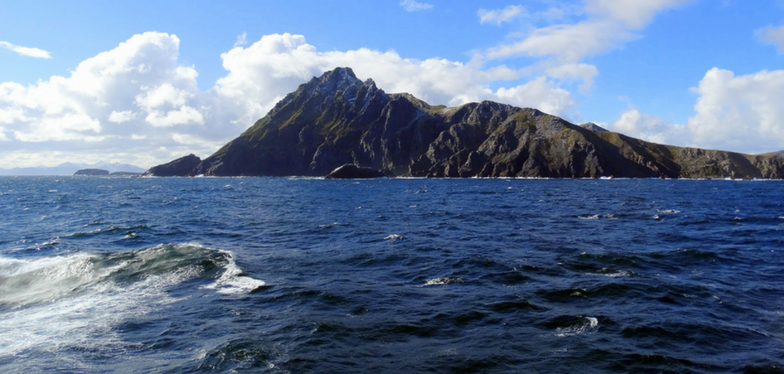Did you know that two Belgians discovered Cape Horn?

The famous southern cape in Argentina owes its name to the city Hoorn in the Netherlands, which financed the 1615-1616 expedition of the Le Maires, a father and son duo. Isaac Le Maire was a protestant hennuyer, born in Tournai in 1558, who took refuge in Amsterdam and created a small shipping company there. He was convinced that a passage to Asia existed other than the one found by the Dutch East India Company (VOC, from the Dutch Verenigde Oost-Indische Compagnie), who since 20 March 1602 held a monopoly over navigation and commercial traffic in all seas accessible by the route from the Cape of Good Hope to the west and the Strait of Magellan to the east. Discovering this passage would allow him to avoid paying enormous fees to the VOC. He entrusted his son Jacob with this exploratory mission, providing him with two sturdy vessels, the Eendracht and the Hoorn, twenty or so canons, 87 deckhands and a seasoned sailor named Willem Cornelisz Schouten.
Jacob would indeed find the coveted passage. At a five-day voyage away from the Strait of Magellan and further to the south, he would discover a more narrow passage wedged between an uncharted island and a land dominated by towering mountains. He would name them "Staten Island" and "Maurice of Nassau's Land". Further along, in the middle of a raging sea, he passed by an awe-inspiring cape that he would name Hoorn (Horn) as a tribute to the city of his commercial partners. The goal had been reached, but the price was high! One of his two vessels, the Hoorn, caught fire just off of Patagonia and sank. Nevertheless, he moved both crews onto the only remaining vessel and continued his journey. A scurvy epidemic broke out aboard the ship and took the lives of many sailors. On 29 October 1616, he finally reached the port of Batavia, which was the objective of the journey. Once there, in an ironic twist of fate, he and his crew were taken as prisoners for violating the VOC monopoly on the Strait of Magellan. Jacob was even shackled and sent off on a ship towards the Netherlands on 14 December. Eight days later, on 22 December 1616, he died suddenly and was thrown into the sea. As for the famous passage, four hundred years later it still carries the name that Jacob Le Maire gave it on all the nautical charts.